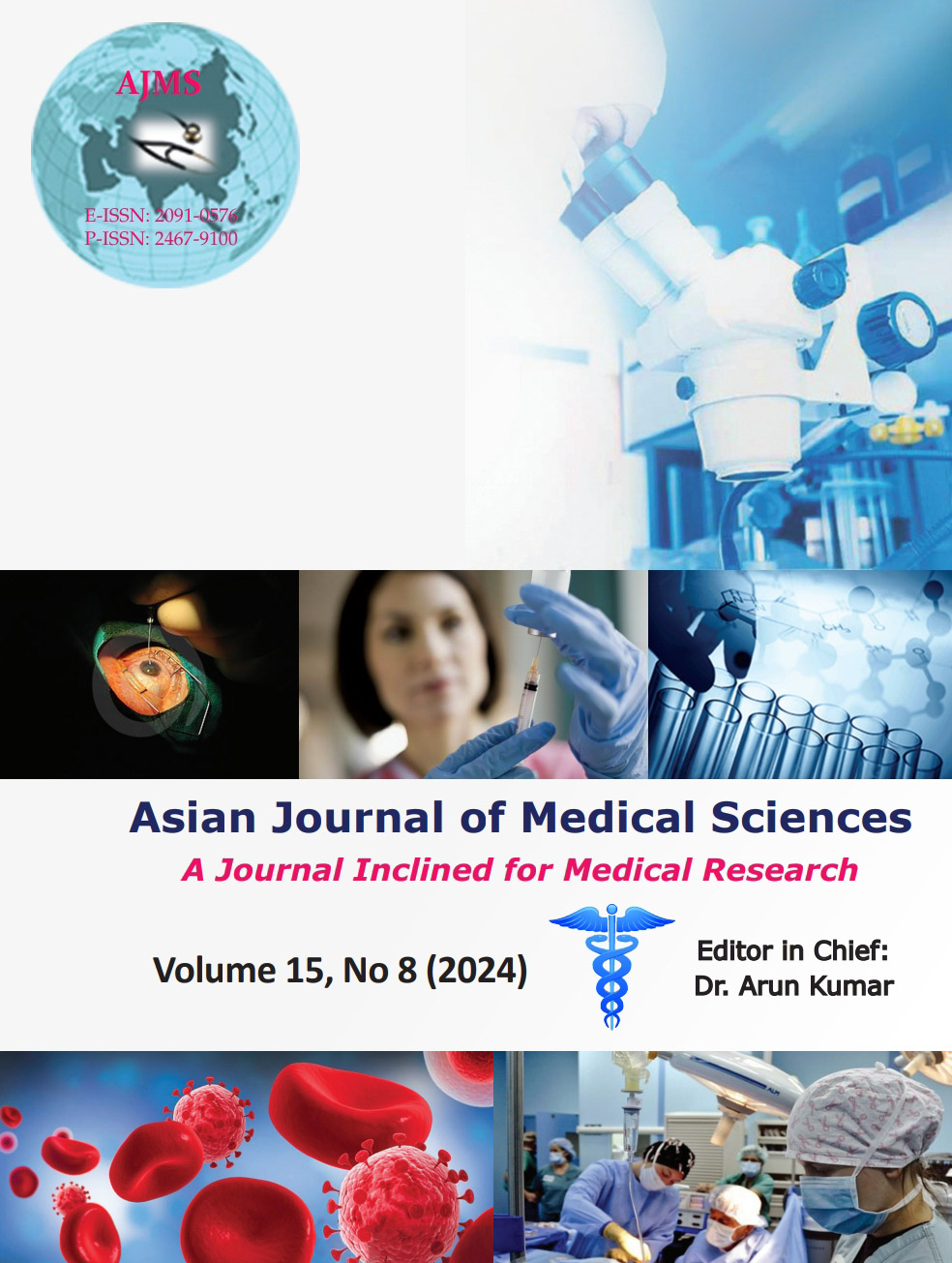Phenotypic detection of carbapenem-resistant Enterobacterales and carbapenem-resistant Pseudomonas aeruginosa by mCIM and eCIM and their ceftazidime-avibactam with aztreonam synergy profile in a tertiary care hospital in Eastern India
Keywords:
Modified carbapenem inactivation method; EDTA-modified carbapenem inactivation method; Carbapenem-resistant Enterobacterales; Carbapenem-resistant Pseudomonas aeruginosa, Ceftazidime-avibactam, AztreonamAbstract
Background: Worldwide, the emergence of carbapenem-resistant enterobacterales (CRE) and carbapenem-resistant Pseudomonas aeruginosa (CRPA) is a global concern to public health as they are responsible for several serious infections that lead to elevated treatment expenses, prolonged hospitalization, and a higher mortality rate.
Aims and Objectives: To detect Carbapenem resistance in Enterobacterales and Pseudomonas aeruginosa by phenotypic methods such as mCIM and eCIM. To determine synergism between Ceftazidime-Avibactum and Aztreonum in metallobetalactamase producing isolates.
Materials and Methods: Total 217 isolates including enterobacterales and Pseudomonas aeruginosa from patient’s samples such as urine, pus, blood, wound swab, sputum, and ET tube were processed as per standard protocol during the study period from July 2023 to January 2024 at Calcutta National Medical College, Kolkata.
Results: Resistance to carbapenem was observed in 110/217 (50.69%) isolates. Phenotypically, 99/110 (90%) produced metallo-β-lactamase and 11/110 (10%) produced serine carbapenemase by mCIM with eCIM test. MBLs producing organisms were most commonly isolated from blood culture samples. On an average, 76% of the MBL producing isolates shows positive synergy result to the combination of CZA+AT by disk elution method.
Conclusion: eCIM and mCIM test was performed for identification of carbapenemase producing CRE and CRPA, which causes serious infection in patients with no definitive treatment. The combination of CZA-AT is a potential treatment option to manage CRE and CRPA-associated infections.
Downloads
Downloads
Published
How to Cite
Issue
Section
License
Copyright (c) 2024 Asian Journal of Medical Sciences

This work is licensed under a Creative Commons Attribution-NonCommercial 4.0 International License.
Authors who publish with this journal agree to the following terms:
- The journal holds copyright and publishes the work under a Creative Commons CC-BY-NC license that permits use, distribution and reprduction in any medium, provided the original work is properly cited and is not used for commercial purposes. The journal should be recognised as the original publisher of this work.
- Authors are able to enter into separate, additional contractual arrangements for the non-exclusive distribution of the journal's published version of the work (e.g., post it to an institutional repository or publish it in a book), with an acknowledgement of its initial publication in this journal.
- Authors are permitted and encouraged to post their work online (e.g., in institutional repositories or on their website) prior to and during the submission process, as it can lead to productive exchanges, as well as earlier and greater citation of published work (See The Effect of Open Access).




